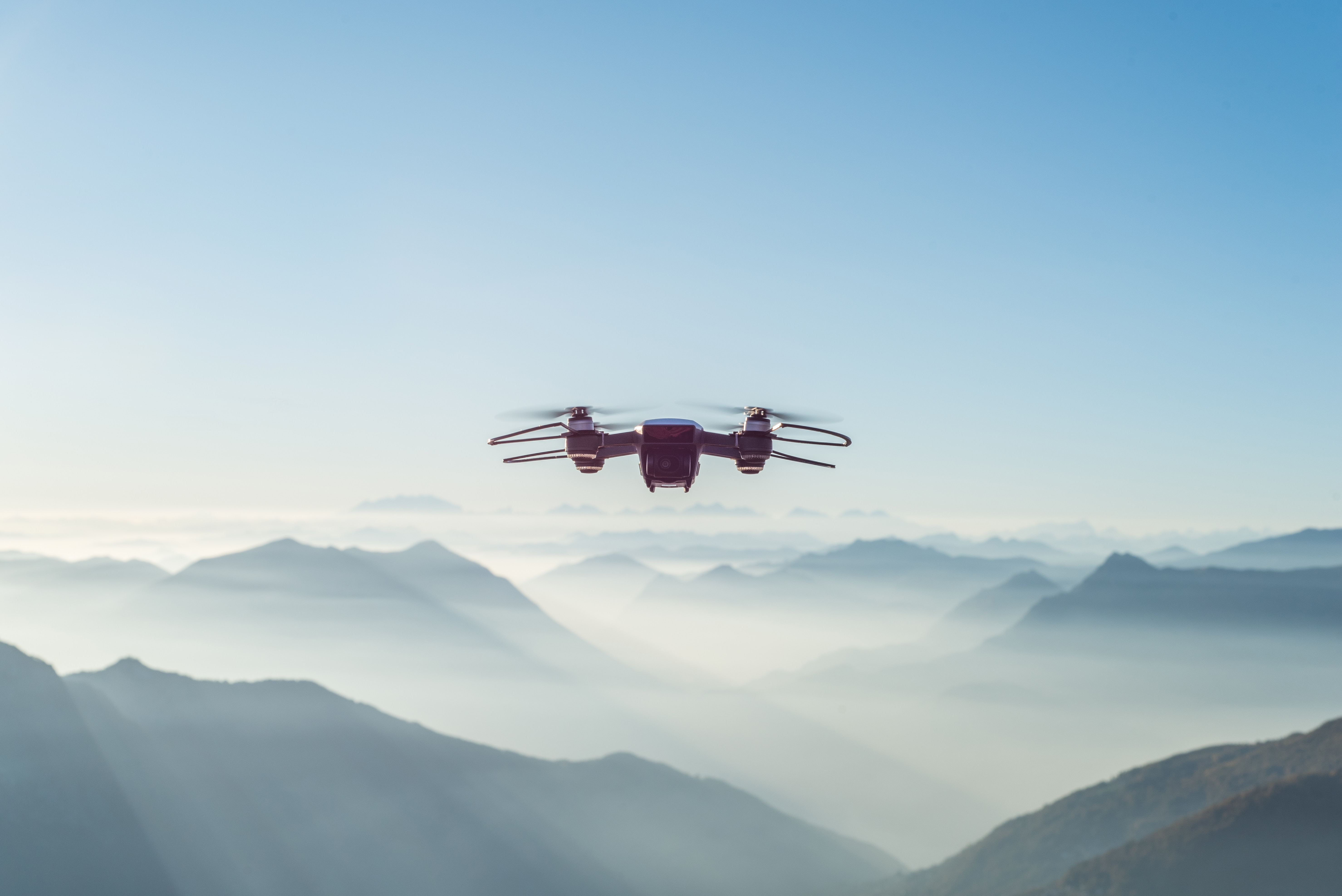Malaysia is jockeying to become Southeast Asia’s testing ground for the drone industry, in which large multinationals are racing to build more dependable vehicles that can be used to make deliveries and provide other services.
Prime Minister Mahathir Mohamad’s government has pitched the idea to corporations from the U.S. and Europe, Surina Shukri, CEO of the Malaysia Digital Economy Corporation, told the Nikkei Asian Review.
The MDEC is a government agency charged with promoting innovation and the digital economy.
But Malaysia has some competition right across its borders. In Thailand, one company and government agency are already collaborating to come up with drone services. And Singapore expects the drone industry to play a role in its drive to become a regional innovation hub.
Malaysia estimates the global drone sector will generate USD 127 billion in value by 2025. “We expect the size of the drone tech sector by 2025 to be three times larger than now,” Surina said. “We are coordinating discussions between industry players and regulators to create a conducive regulatory environment for the drone tech sector.”
Surina said a pilot drone test-bed initiative will be implemented to leverage the rapidly increasing adoption rates of drone technology around the globe.
A test site in Malaysia would be ideal for any service provider or manufacturer due to the country’s diverse geography and varied terrain, Surina said.
“We are [also] at an advantage [in] that some Malaysian companies are also leaders in the drone tech industry,” Surina said. One Malaysian company in the drone industry is Aerodyne.
Meanwhile, Singapore sees the drone industry as part of its innovation hub strategy. The island’s government has sought to collaborate with companies and end-users to test new services.
“Singapore will benefit through using drones to enhance productivity and improve processes,” according to a future industry road map created by the aviation authority.
Singapore Post has run a trial in which a drone carried mail to an offshore island.
While the government is nudging the private sector to come up with innovative drone services, it is also coming up with harsher rules. Earlier this month, the government proposed a bill that includes tougher penalties against anyone who violates drone regulations. Currently, drones are not allowed to fly higher than 200 feet (about 61 meters) or weigh more than 7 kg.
In Thailand, real estate group Sansiri has collaborated with the National Science and Technology Development Agency to bring new services to residents. In August, Sansiri announced a service in which purchases from a shopping mall in Bangkok would be delivered by drone to residents of a nearby condominium complex that the company developed.
Malaysia currently has no firm framework for commercial drone operations. The Civil Aviation Authority of Malaysia has jurisdiction over the sector. The Civil Aviation Regulations 2016 classifies drones as “unmanned aircraft system[s]” and prohibits them from flying higher than 400 feet.
The rules apply to drones being used in agriculture and construction, or for photography, surveying, observation and patrol, search and rescue as well as aerial advertising.
Surina said the government’s goal is to turn Malaysia into a hub for companies that make and test drones for the Southeast Asian region.
“Some drone makers,” she said, “have expressed interest to invest in a Southeast Asian base in Malaysia.”
Nikkei staff writer Kentaro Iwamoto in Singapore contributed to this report.
This article first appeared on Nikkei Asian Review. It’s republished here as part of 36Kr’s ongoing partnership with Nikkei. 36Kr is KrASIA’s parent company.
